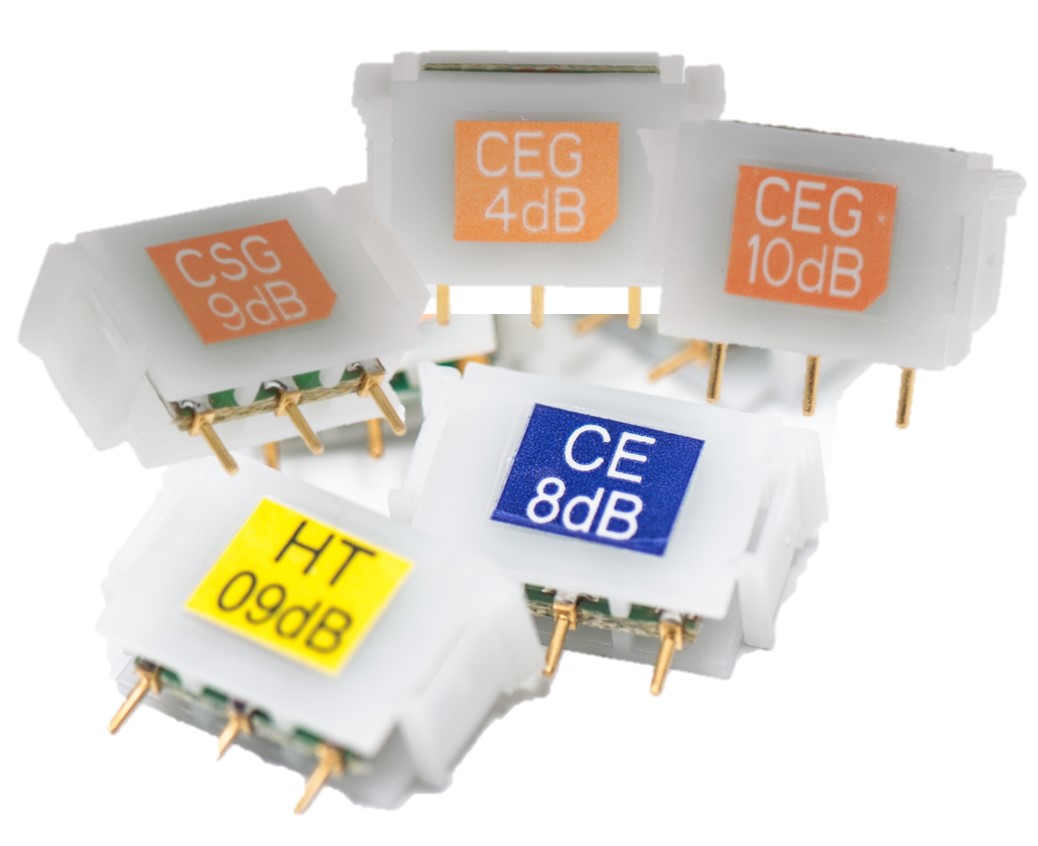This post is sponsored by Antronix.
Drop signal conditioning is recommended by DOCSIS 3.1 and is essential to maintaining quality service delivery to customers. With more systems deploying higher output nodes and amplifiers, drop signal conditioning is vital to maintaining optimal peak to valley for all levels of customer premises equipment.
Plug-ins allow operators to adapt their systems to meet DOCSIS standards alongside the demands of video-on-demand, VoIP, digital, data and Remote PHY without major investment or retooling.
“Operators need a wide range of plug-ins and values that can achieve any desired system upgrade from optimizing signal performance in the downstream and upstream to addressing high forward levels on high frequencies, and more,” said Rob Crowe, field engineer at Antronix, a manufacturer and supplier of drop passives, mainline passives and multi-taps.
Why conditioning is necessary
“Considering current output levels and resulting longer tap strings, it’s helpful to provide models conditioned and not conditioned to accentuate the wide delta in both forward and return levels from tap to tap,” Crowe explained. “If plant design is wide on both upstream and downstream, the whole-house check levels need to be wider, increasing the odds of missing something. The wide upstream delta is the primary driver for min/max modem transmit issues.”
Additionally, a too-high a tap value prohibits setting optimal return level or low-value E.O.L taps providing low-loss path for ingress and reducing overall SNR.
“When coupled with the fact that a CPE should receive 0dBmV — the analog equivalent — with a preferred total B.W. peak-to-valley less than 12 it is clear to see that conditioning is necessary to produce an elegant design that satisfies all the considerations, including maximizing capital expenditures and lowering operational expenditures,” Crowe added.
Cost-effective drop signal conditioning with plug-ins
“Plug-ins installed into deployed multi-taps enable operators to configure network signals to address upstream and downstream deficiencies so they can optimize system performance and provide peak service delivery to subscribers,” Crowe continued.
Industry best practices show that the strategic installation of return conditioners in low-value taps can achieve a significant reduction in a node’s overall ingress noise levels. An array of plug-ins improves the system’s carrier-to-ingress performance and boosts, increases signal to noise while suppressing ingress and improves broadband delivery system performance, including:
- Cable equalizer plug-ins, which address high negative tilt and return noise from 5MHz to 1200MHz and add attenuation to the return path. This enables cable modems to operate at high output levels and increases overall node SNR.
- Return path attenuator plug-ins, which are used in lower-value taps and work particularly well where negative signal tilt has been addressed with the use of a mainline equalizer in the hardline plant.
- Cable simulators, which, when employed in the first few high-value taps after a node or amplifier, enable operators a range of tap values to produce proper forward level without using a value that exceeds modem max transmit. Simulators also decrease tilt.
- A high tap plug-in, which is indicated in those cases where tilt cannot change and accepting a diplex filter is acceptable given the system’s future expansion considerations.
A proven partner
“Our E-Option drop signal conditioning platform gives operators the ability to make performance upgrades in their HFC networks, and the flexibility to manage forward and upstream levels in a cost-effective and efficient way,” Crowe said.
Antronix’s patented plug-in modules for multi-taps have been the industry standard since their introduction in 1983. They optimize signal performance in the downstream and upstream of mainline multi-tap cascades and only affect the tap ports, not In/Out loss.
“As a result,” Crowe said, “operators achieve reliable and accurate data acquisitions and delivery in their network without disrupting service, and while saving time and money.”
